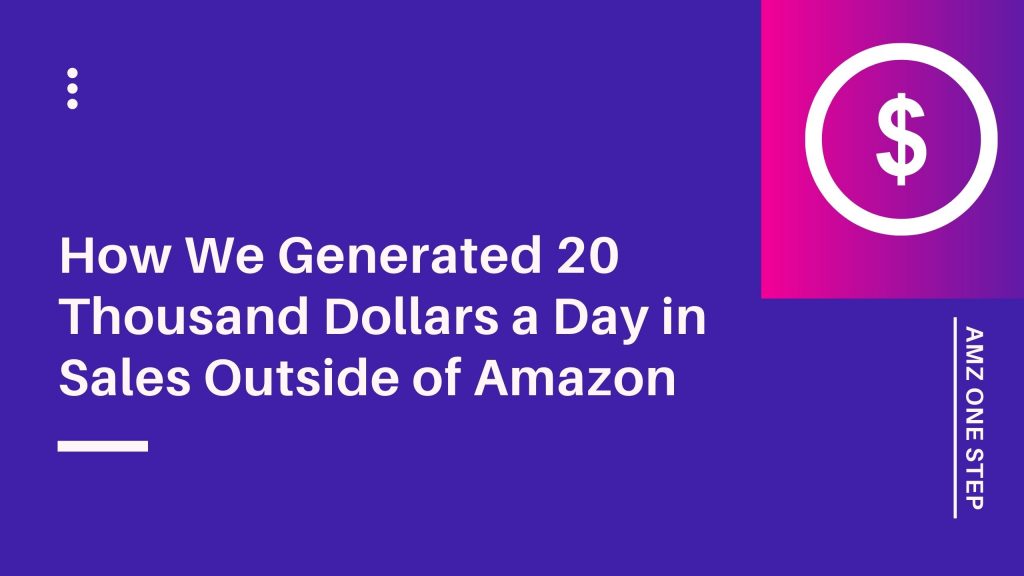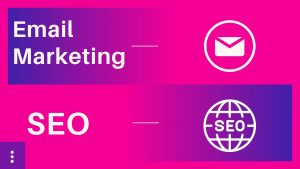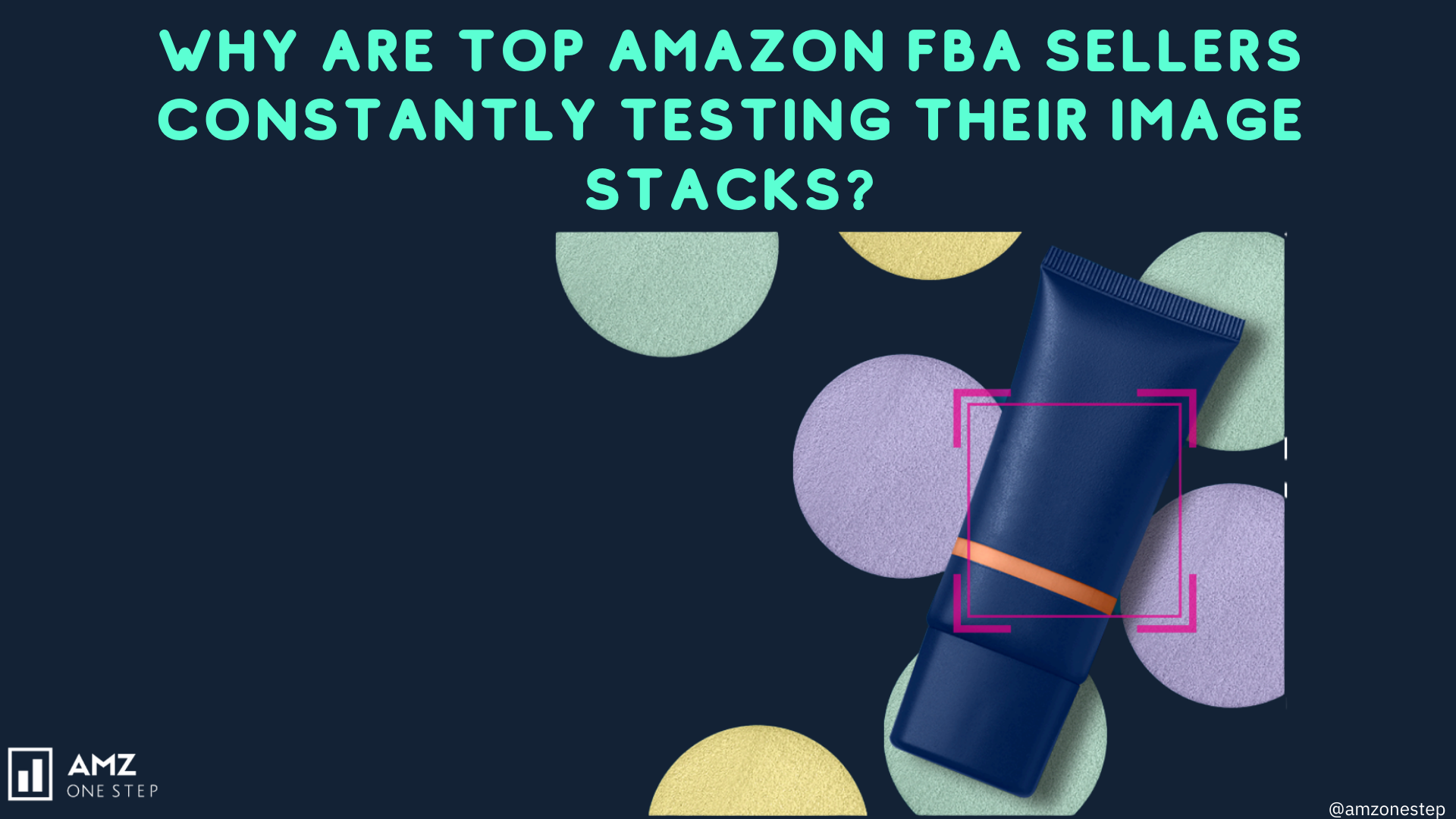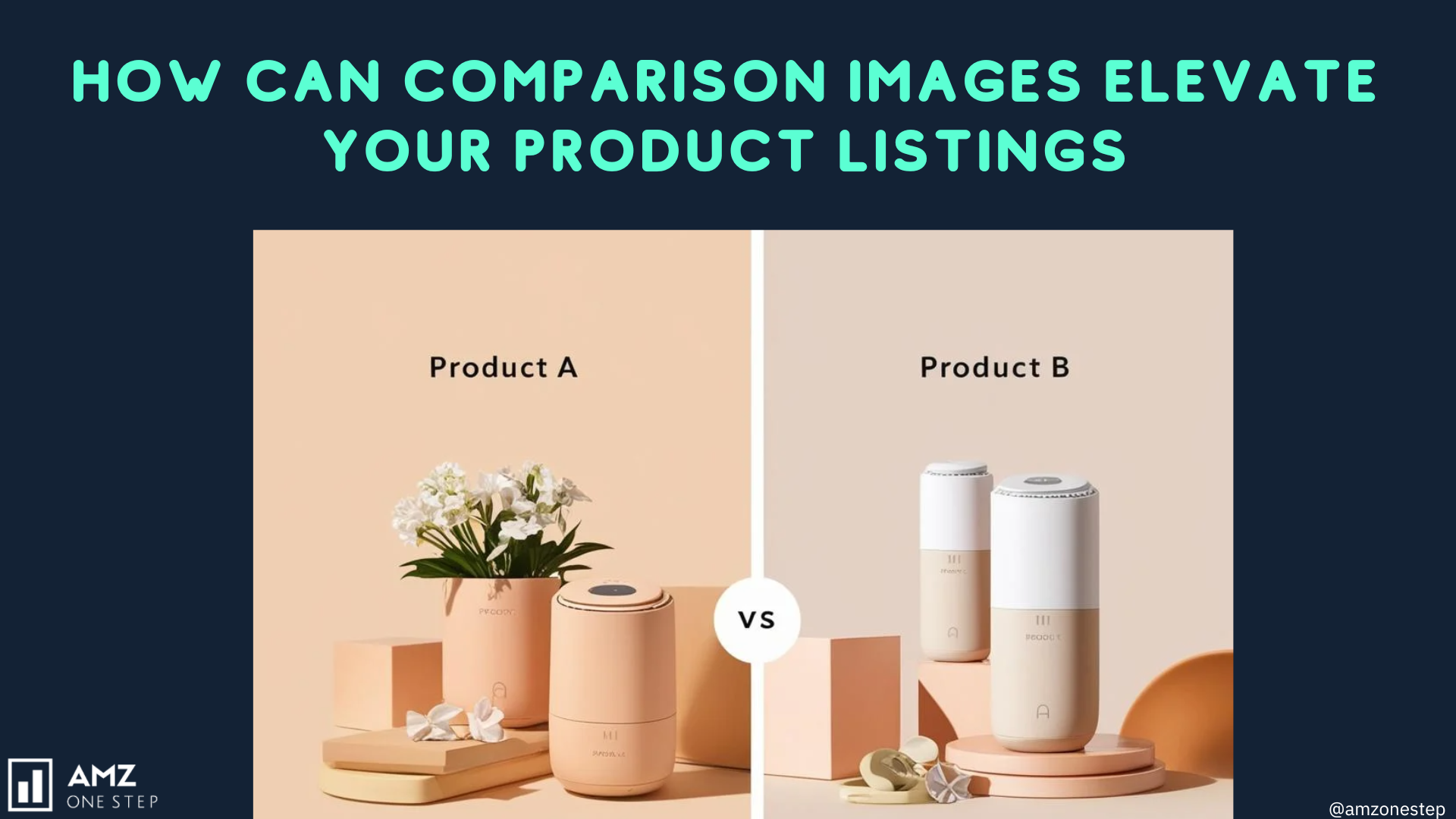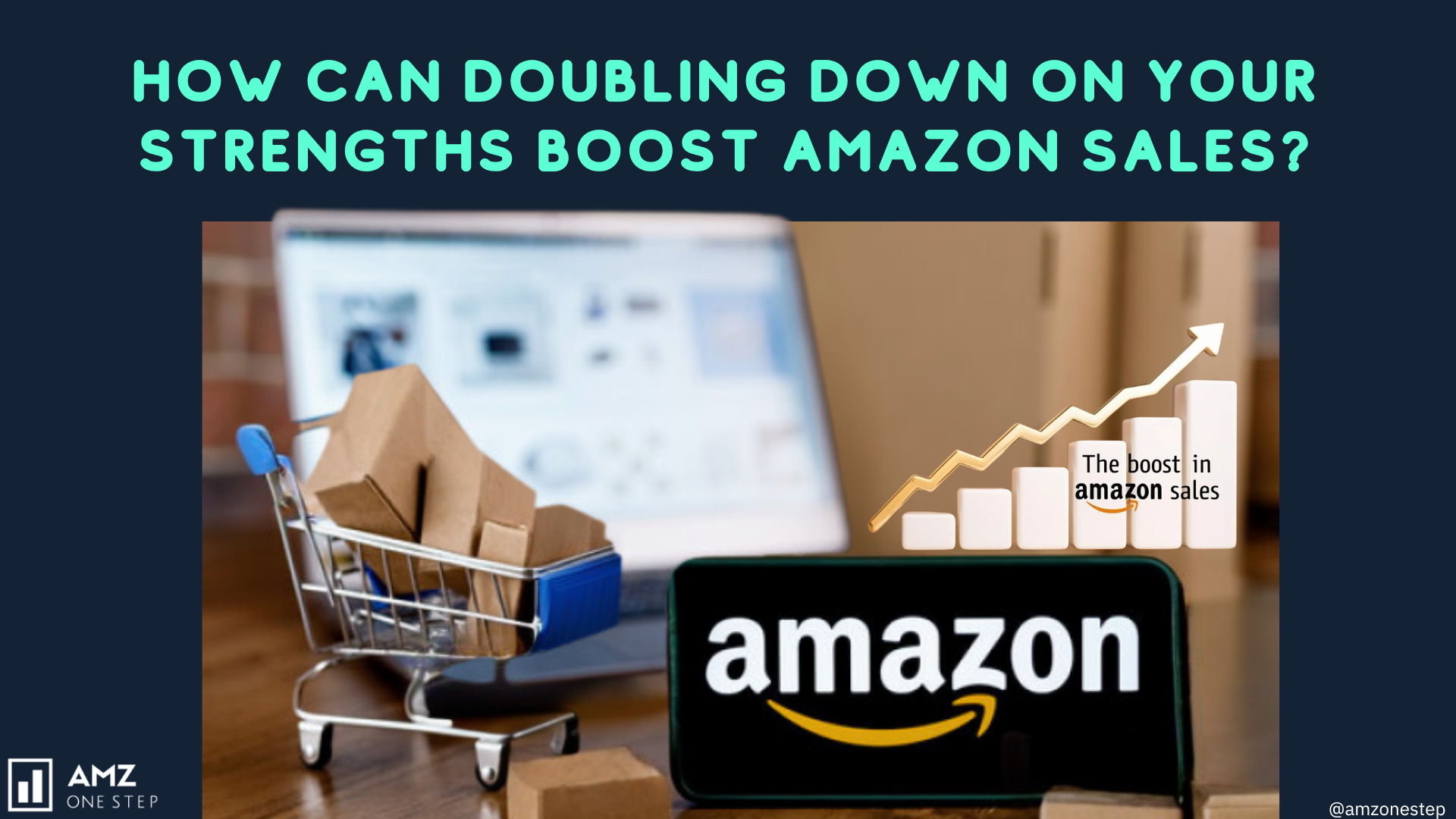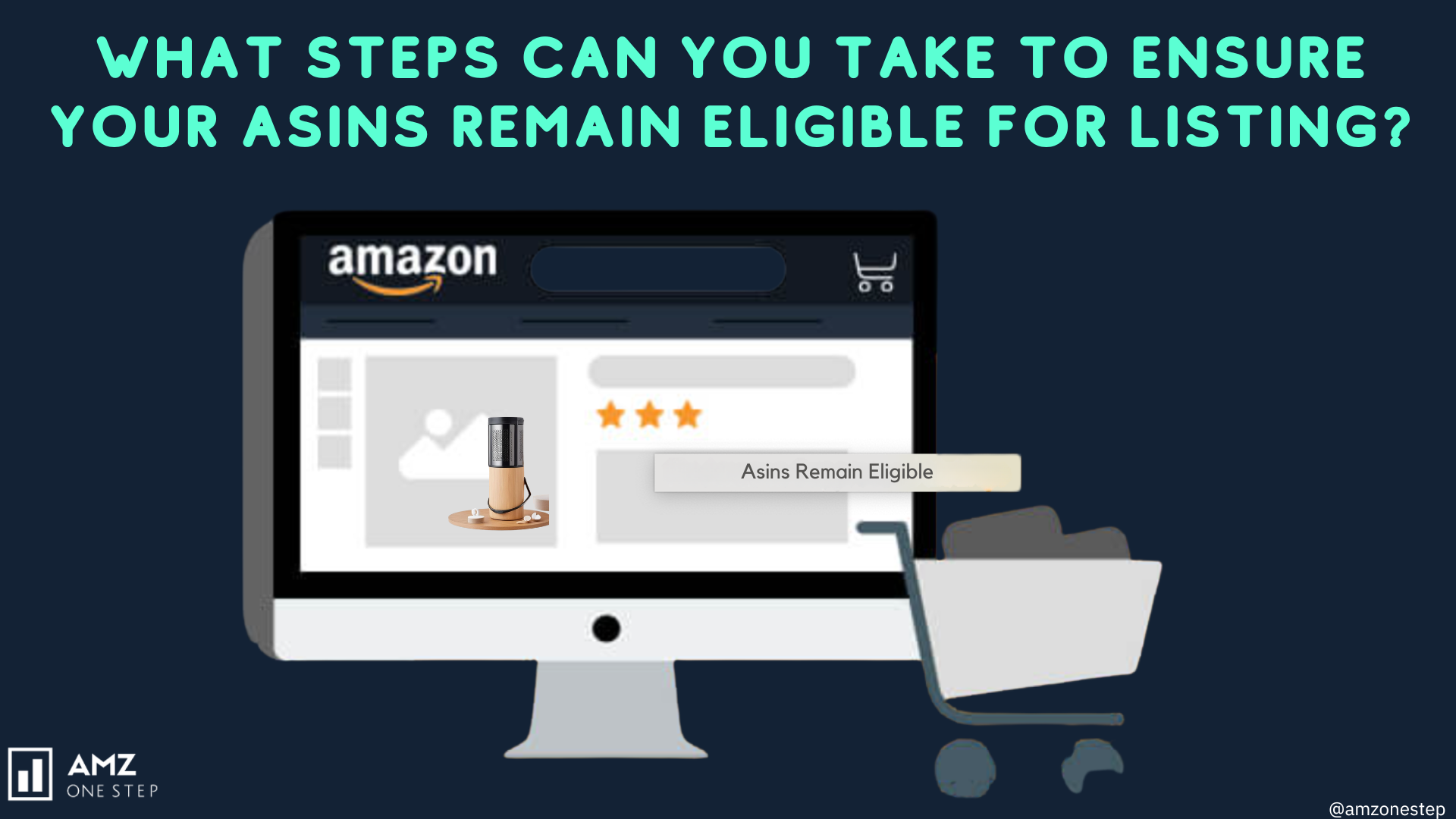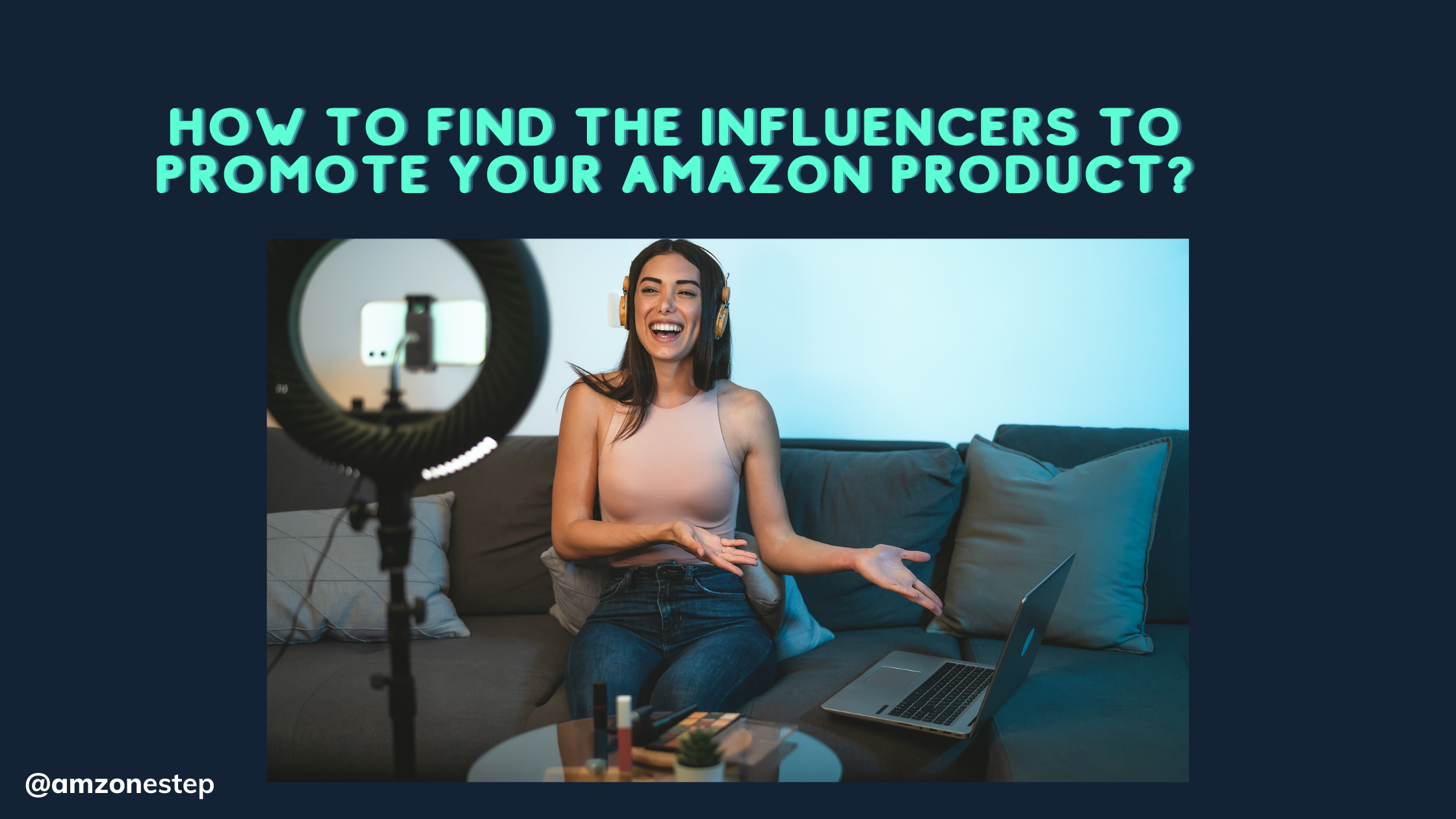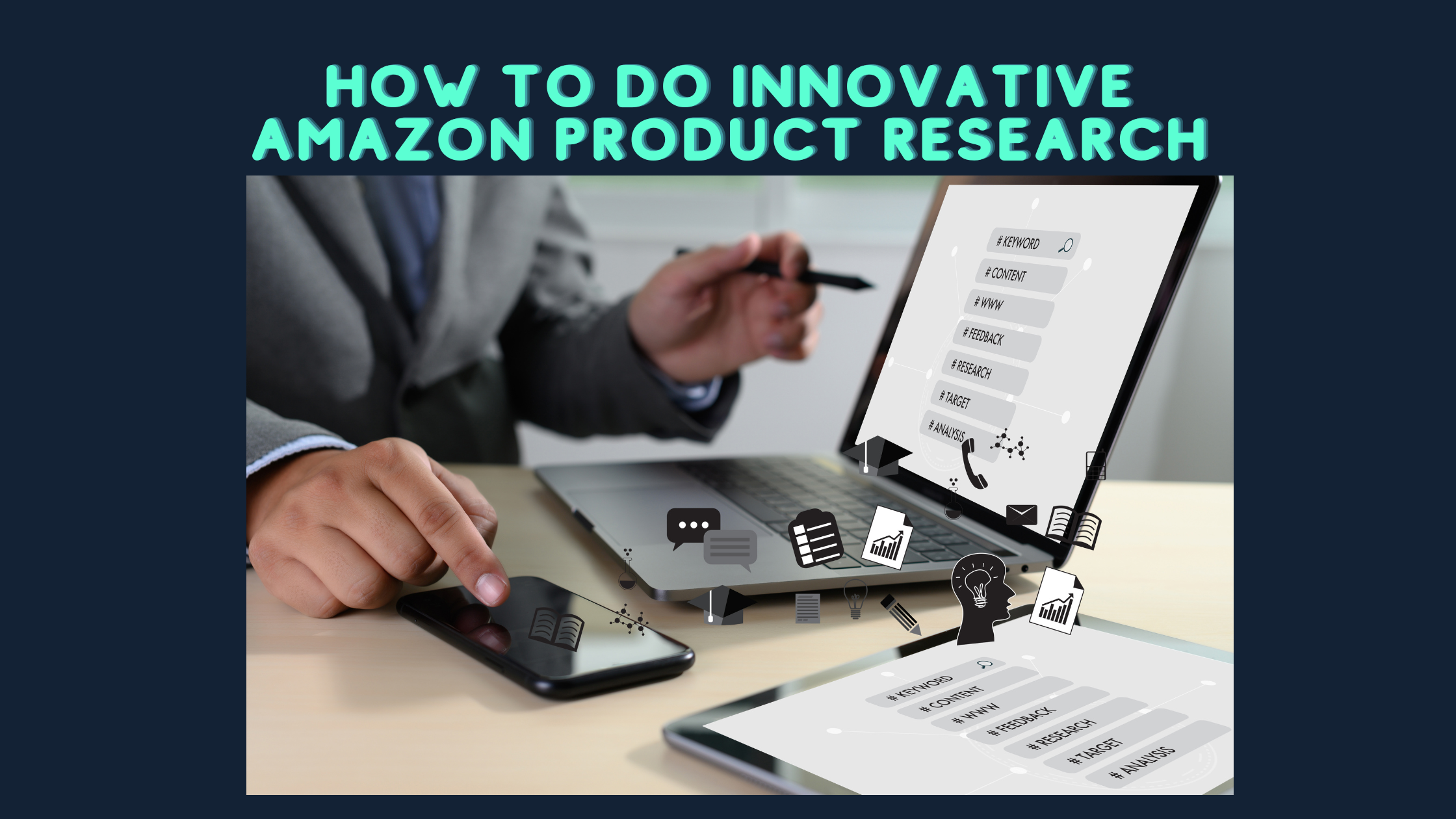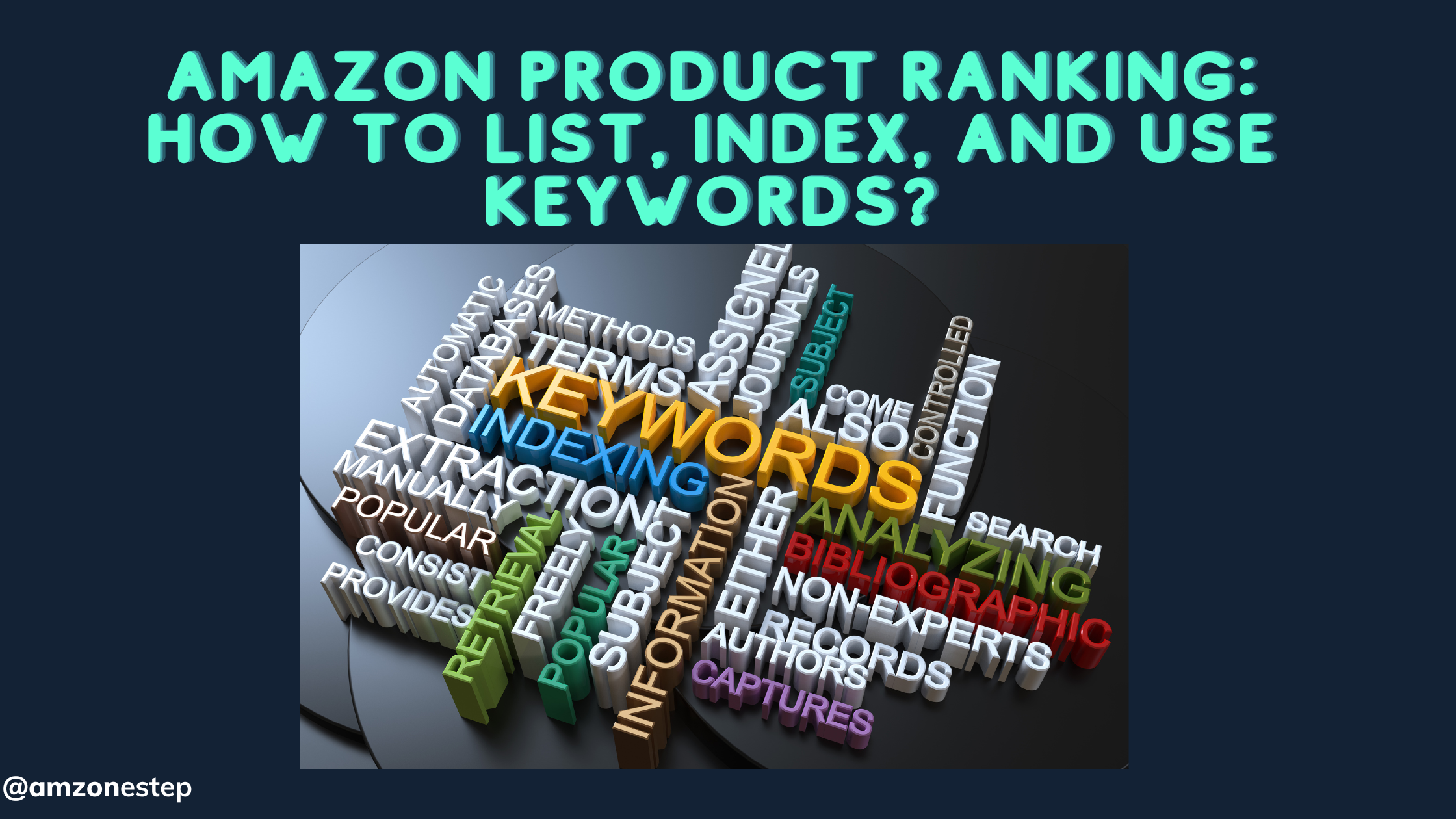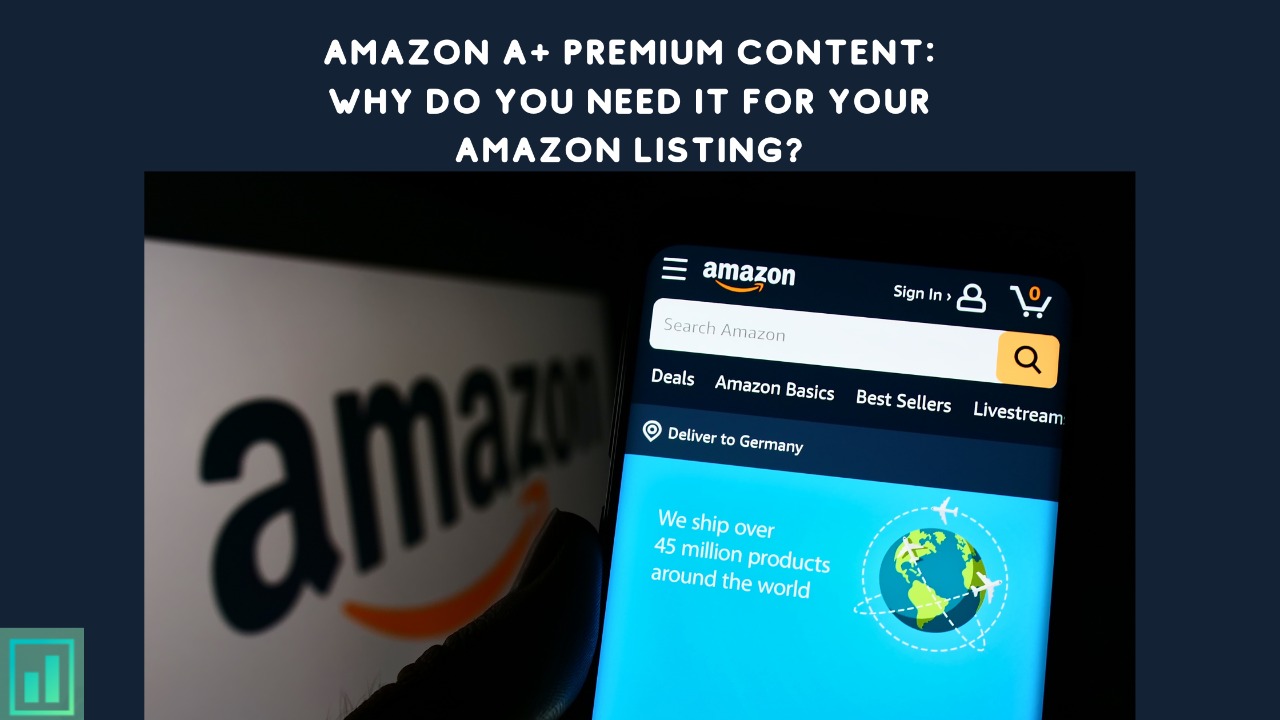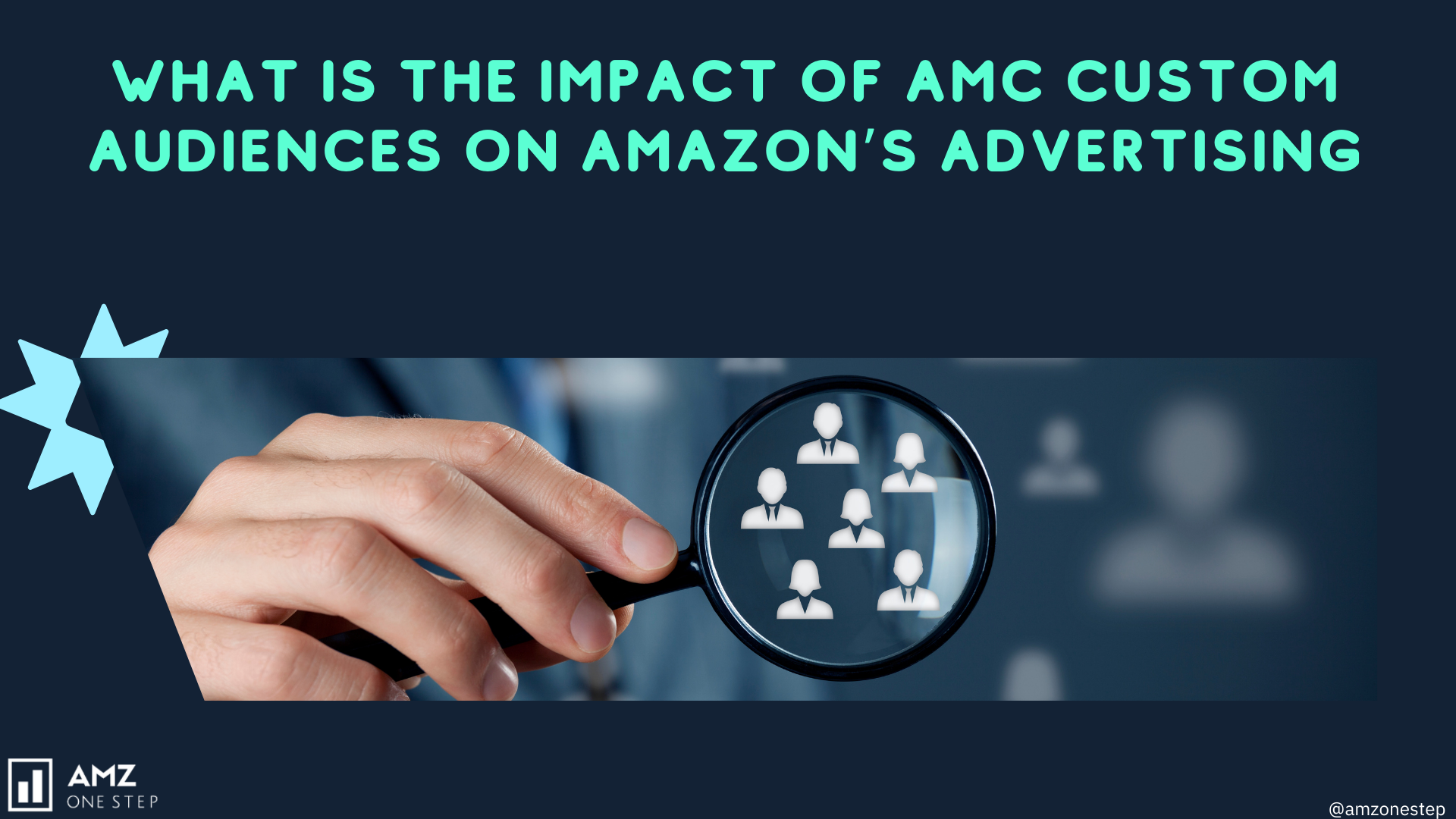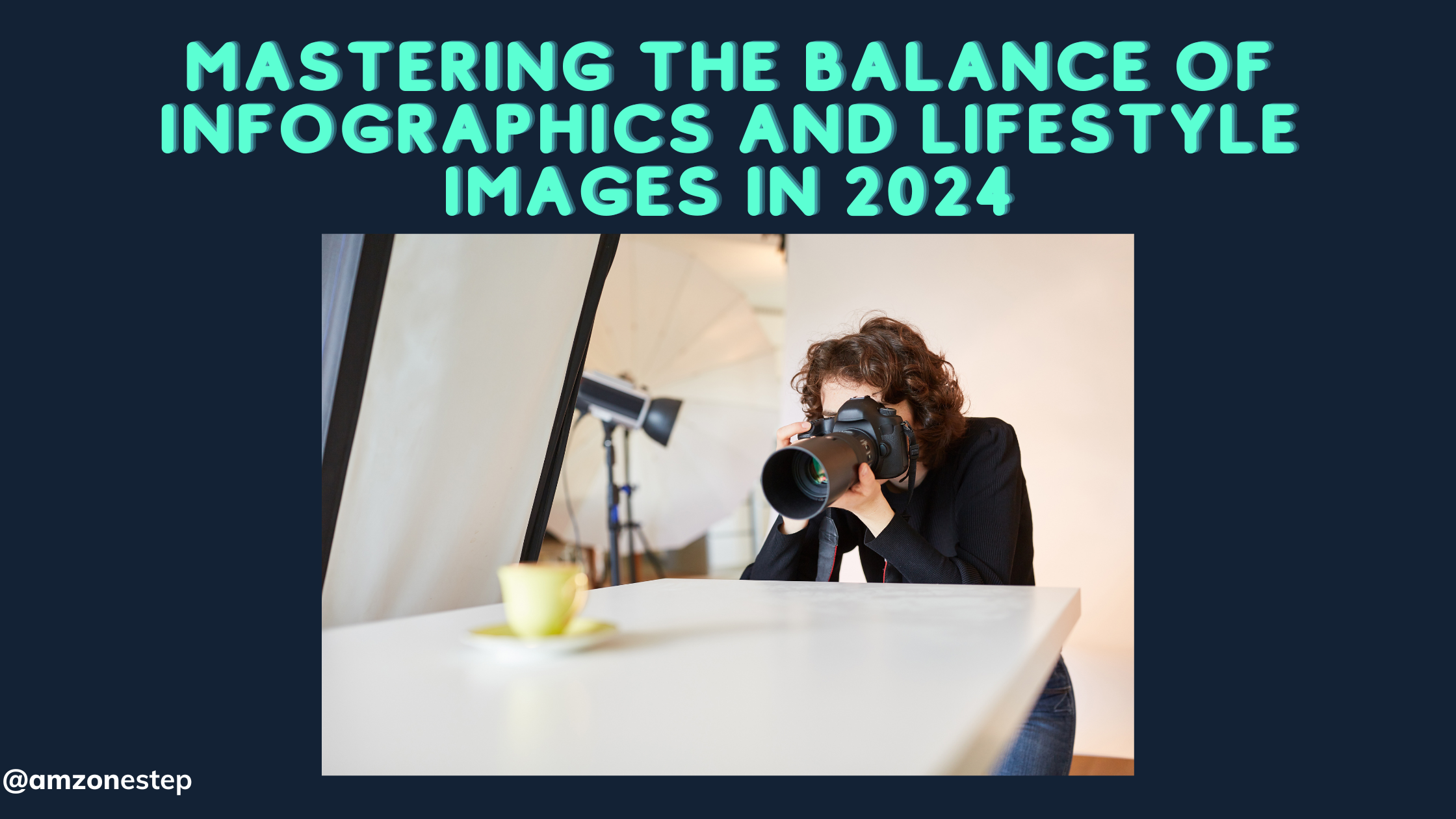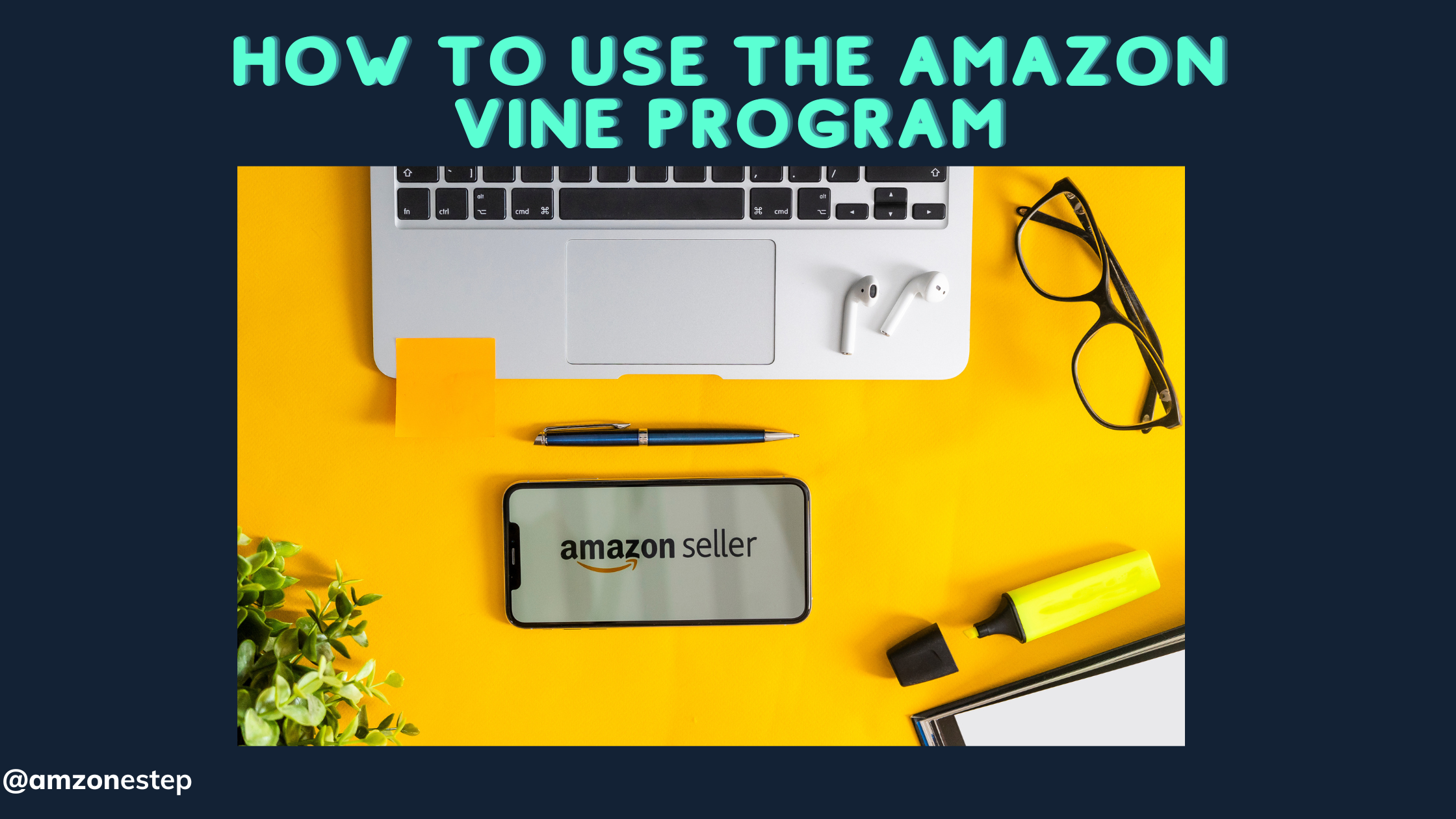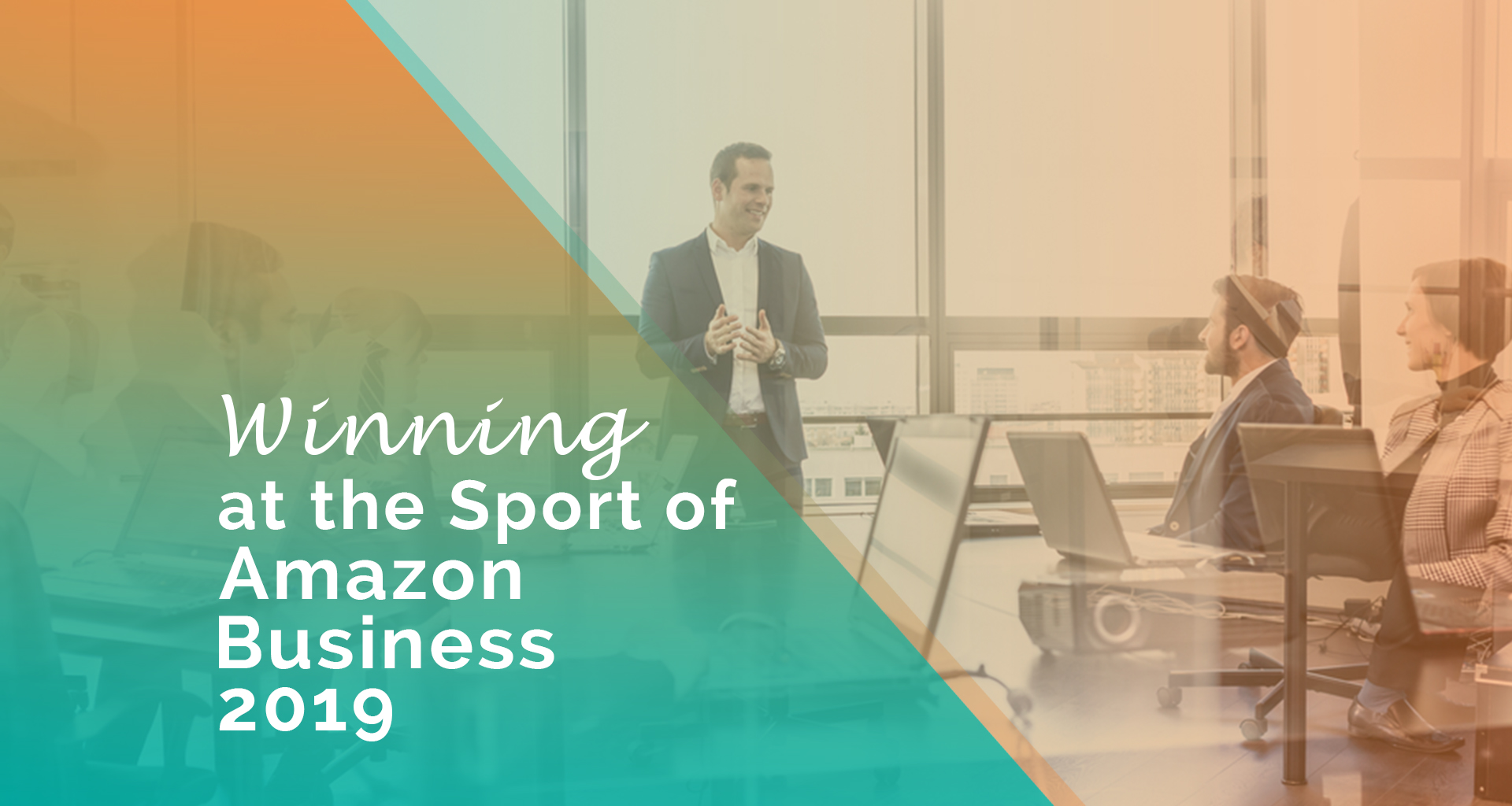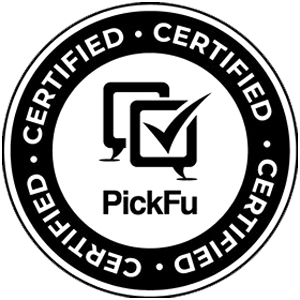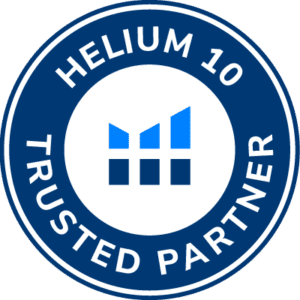Amazon isn’t always the way to sell. In fact, if you’re only selling on Amazon, you could be putting your business at risk.
You’ve probably heard the saying “Don’t put all of your eggs in one basket” multiple times in your life from multiple different people. Well, if you’re an Amazon seller, then this saying still holds up to this day.
At AMZ One Step, we followed that saying and helped a company to diversify its selling channels outside of Amazon.
Clearly, Amazon is a premier marketplace for buyers and sellers. We wouldn’t have based our company around it if it wasn’t, yet relying too heavily on it may be holding you back.
In order to scale and mitigate the risk of your business operations, you must diversify your selling channels.
This blog will illustrate how we helped a brand generate 20 thousand dollars in sales in a day outside of Amazon utilizing a website, Omnichannel marketing, organic marketing, email marketing, and SEO work.
Why It’s Important to Become a Multichannel Business in the Long Term:
If you are solely selling on Amazon, your entire business relies on one channel to sell all of your goods. If Amazon were to suppress your listing for whatever reason, then your whole business is put on hold until the issue causing the suppression is resolved. This could result in huge losses for your company and could, in theory, put you out of business. Lost sales, lost revenue, shipment costs to get back in stock fast, re-ranking costs, and PPC costs could come at you very fast if something were to go wrong with your listing.
Thus, if you are concerned about the security and longevity of your business, it’s imperative that you utilize multiple channels to generate sales. It mitigates the risk of relying on one channel and may put you onto clients that you wouldn’t have otherwise reached. Especially if a competitor is only using Amazon as their only channel, this could be another way to differentiate yourself.
Now let’s get started and see how we generated 20 thousand dollars a day in sales outside of Amazon for our client. The first tool utilized was a website.
1. The Website
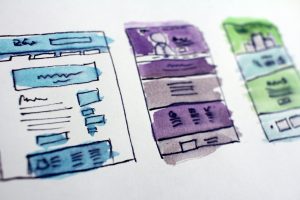
Having a website for your business should be the first thing on your list when looking to generate sales outside of Amazon. A website is your home base for everything that is your business. It holds your story and your portfolio of products and or services offered.
So how are sales generated using a website, and what benefits can we see here?
Like any other channel of your business, you need to understand that something must be offered to potential consumers for them to land and browse your website.
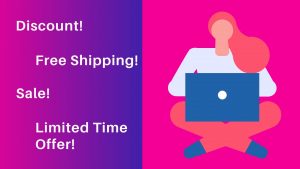
Generally, you need to offer incentives:
• A common practice is offering a sale or offering coupon codes specific to your site to entice people to come to your site.
• Offering free shipping over a certain purchase amount is also a common tool many companies utilize.
• You could also offer free informational content like an e-book, how-to guide, or even a blog related to your brand. You could also create a gate where people have to enter an email to access this content.
• People love a good sweepstake. Offer a giveaway if people reach a certain amount on their purchase order. For example, you’ll be entered to win a free hat with purchase orders of $20 and over.
• Start a loyalty program. People who continuously buy from your site earn points to get discounts or free stuff in the future. This will encourage people to come back and give you a chance to add people to your email list.
Of course, you can use many other tactics to get people on your website, but there are just a few examples.
Once you’ve built up awareness that your site exists and orders start rolling, it’s time to streamline the process. Look at how you can increase your conversion rate.
In the case of AMZ One Step’s client (who had an existing website):
We were able to achieve a conversion rate of 2.27%; this was the result of 1809 orders for May. Although that may not seem significant, keep in mind the price for the product was around $110, so that is a purchase people won’t buy without thinking about it first.
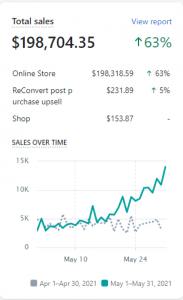
Products over $50 are no longer impulse purchases, which generally brings down the conversion rate. So that considered, the conversion rate is good, and it will continue to increase.
In our case, we were able to generate sales of $198,704.35 for May 2021. As illustrated in the graph above, you can see how our services took the monthly average from around 5k a day to upwards of 15k. At the time of writing this, we are now averaging 20k on the site.
How you increase conversions:
We intend to increase the conversion rate by utilizing several tactics:
1. A/B testing landing pages to see what converts better. What I mean by that is testing two or more different landing pages over a certain period and seeing which one leads to more conversions.
2. Test out different incentives like mentioned above and see which ones resonate best with your customer base. If one sticks out then, it would be wise to utilize it consistently. Having these deals specific to your site may be attractive to people if they can’t get the discount on Amazon. It gives them a reason to come to your site.
Benefits for you:
There are also several benefits for you as the seller.
Having a website allows you to have a lot more freedom in multiple aspects of your business. You can control pricing, your terms and conditions, what goes where on your site, etc.
Another huge feature is you can collect user data. This means maybe you collect emails so that you have a Rolodex of people to send monthly emails to with special deals. You could also potentially collect basic info like age and place your customers are coming from.
Even these slight details that Amazon won’t provide you with can have a considerable impact.
That leads me to the idea of targeting customers.
2. Omnichannel Paid Advertising
Omnichannel paid advertising can be an effective way to get eyes on your product or service, especially when you’re first starting and don’t have a customer base. Just as it can be very beneficial, it can also be a waste of time and money if not executed properly.
Omnichannel paid advertising includes utilizing Facebook ads, Instagram ads, google ads, YouTube ads, Tik Tok ads, Snapchat ads, blogs, etc. I know that sounds like a lot, so you can get someone like AMZ One Step to help you manage all of this.
When it came to this client, Omnichannel marketing would be our focus from the very start (because the client had already established their website).
The target audience touchpoints are spread out through multiple platforms across multiple different types of devices. We need to make sure we are visible on all the platforms our target audience is active on.
Next, we need to ensure that the messaging they receive is constant and consistent throughout these channels.
To put this in practice made the interaction between our brand and the target audience seamless.
What did you do to get orders?
As a digital marketing agency, we never put all our eggs in one basket.
In marketing terms, we never use one channel for advertising. We always try to integrate multiple channels while making sure messaging is constant in all channels we are using.
The channels mentioned below were used to get the desired result which even exceeded the client’s expectations:
– Google Ads
– Facebook Ads
– Snapchat Ads
– Email Marketing
– YouTube SEO
– Post Purchase Strategy
– Conversion Rate Optimization
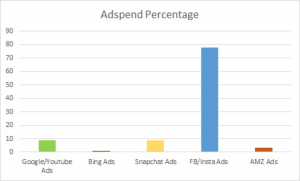
As you can see, a majority of the ad spend was directed towards Facebook and Instagram ads. According to our analysts, that was the best platform to target and reach the audience of our client.
Essentially, at first, you will test who your target audience will be for your products and or services. If someone asks you who your target audience is and you say, “I don’t know, everyone?” then there’s an issue.
If you don’t narrow down a target audience, you will be wasting time and money on these paid advertising channels. You may be getting a lot of people landing on your POS but are the conversions there? If you barely have any conversions, it means that the ads are either targeting too wide of a range of people or the wrong people altogether.
When it comes to paid advertising, ensure you are targeting the right people. Going back to having a website, you can use the info you collect from existing customers to understand who you should be targeting.
Let’s look at an example. If you are selling aftermarket truck parts, you are targeting a particular niche. I’ll take a stab at it and say you will generally want to target men 30+ who are established and have the money to spend money on parts upgrading their truck. Also, where are those guys located? Well, I would estimate these guys would be in places like Texas where having a truck is essential for work vs somewhere like Manhattan where many people who live there don’t even own a car, let alone own a truck. If you target the people in Manhattan, how many parts are you going to sell? The answer is none.
The more narrowed down you can get, the more effective your paid advertising can be at leading to conversions.
But you don’t always need to pay for everything.
3. Organic Channels
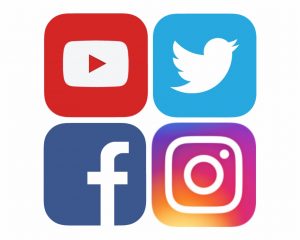
As you may have already guessed, organic channels are places like Instagram, Facebook, Twitter, etc.
You can utilize organic channels to attract people to your website and or Amazon listing. If you gain a following, you will have instant access to people’s feeds when you post something. Usually, social media sites will let you link a website or place to buy your products on your account page, but it’s been getting even easier of late.
In the case of this account we handled, we utilized a lot of user-generated content to post. That way, customers felt a sense of community and emotional bond to the brand. This also encouraged other users to continue to post online, tagging the brand to get featured on the account page.
Because we focused pretty heavily on PPC advertising, the frequency of organic posts was fairly low (around four times a month). That was the amount scheduled in the strategy, but being more active on social media could only lead to even better results.
Our specialists indicated that without a doubt, what PPC can do in terms of sales can rarely happen with organic posts, so that was the reasoning for focusing less on organic channels.
That said, just because we didn’t put a lot of emphasis on organic channels with this campaign, don’t underestimate its power. These channels are free, and you should be utilizing them to the furthest extent. You can gain a lot of info about who is interested in your products, and you can get people viewing your business without paying anything.
If you are consistently posting interesting content that any potential buyers want to see, you should see your following steadily grow over time. Don’t expect to be an overnight success story, but it is possible.
Alright, time for the outliers.
4. Email Marketing & SEO
Email marketing and SEO work are a bit tougher to place in either of the above categories. These aspects are not necessarily paid for like the others because it’s manpower used rather than paying a service to push ads for you, but you are paying those employees, so it’s not organic either.
4.1 Email Marketing
Let’s first look email marketing side. We heavily utilized email marketing, but it’s quite a tall order to mention a defined open rate. We ran multiple automated flows to different audiences at different touchpoints on their customer journey, so we don’t usually have an average open rate as every campaign and flow has different KPIs.
Email marketing is used for several reasons. It helped us to keep anyone who joined our mailing list informed about any future deals or information about the company. It also helped to:
• Upsell campaigns and utilize other promotions.
• If someone had items in their cart for whatever reason but left their email, we might email them asking if they want to complete their purchase.
• You can also A/B test what emails people respond to the most to better understand your audience.
4.2 SEO
In Layman’s terms, SEO ranking is how well people can find you on Google.
In the case of our client, we did:
On-Page SEO: We make sure all the content that is on the website is optimized for keywords, descriptions, meta tags, and alt tags.
Off-Page SEO: We created backlinks from those sites which were relevant and that were based on our target audience.
Anas and Abbas, our SEO Experts from Out Origin, go into more detail about the SEO experience.
“Relationships between client and SEO are quite complicated. Most clients expect SEO to be like a magic spell, implement it, and it immediately fixes everything, but it’s not like that. SEO takes time, energy, and patience… which most clients (who don’t have an understanding of SEO) are lacking, and I can empathize with that.”
“For this client, they just did SEO for three months; from their POV, there was no visible improvement. But we can see the subtle changes happening like domain authority was improving, quality of backlinks and conversion from organic search was improving.”
Conclusion:
We have developed a formula that helps clients to reach sales goals that they never thought possible.
Every product can be sold in multiple different ways, and there are always many other factors you could add or take away to succeed in your business diversification. This is simply a reiteration of what was used and what worked for this client.
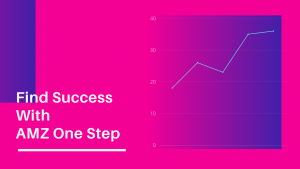
Depending on your product, you may need something else. At AMZ One Step, we’re always here to help, and we can work with you to strategize how we can help increase your sales.
I wish you the best in diversifying your business, and hopefully, it leads to even more sales!
If you would like to stay up to date on other useful blogs for Amazon sellers, connect with me on LinkedIn or follow me on Twitter @nolanswriting.

Hi there! I’m the content marketing and branding specialist for AMZ One Step. I work hard to create engaging and informative content that helps our readers learn more about Amazon selling and how to make the most of their businesses. I love spending time with my family and exploring literary works when I’m not writing or working on projects.
